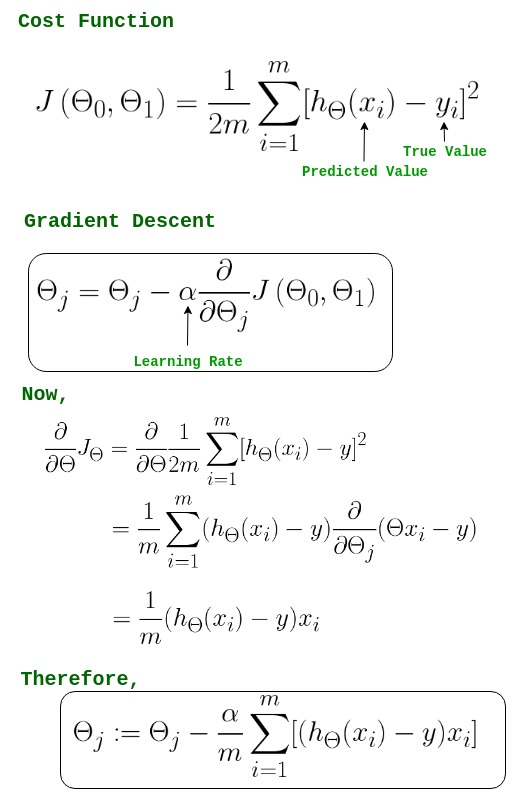Deep Learning, NLP, and Representations
Posted on January 15, 2025
Introduction
In this post, we’ll take a gentle first step into one of the most fascinating areas of modern AI — Natural Language Processing (NLP).
At its core, NLP is about teaching computers to understand and work with human language. Just as we learn to recognize patterns in words and meanings through experience, neural networks can also learn to represent language in a form they can process — through representations or embeddings.

These representations allow computers to go beyond simple word matching. They begin to understand relationships and context — how “king” relates to “queen,” or how “Paris” connects to “France.”
Word Embeddings
One of the most important ideas in NLP is word embeddings.
A word embedding is a way to represent each word as a vector of numbers. Instead of treating words as isolated symbols, embeddings capture meaning based on how words are used together in sentences.
For example, words that appear in similar contexts — like “doctor” and “nurse” — will have similar vector representations. This makes it easier for algorithms to reason about relationships and meaning in text.
Visualizing Embeddings
To make this idea more intuitive, we can visualize these word vectors in space.
When projected into two dimensions, we often see meaningful patterns — words with similar meanings tend to cluster together, while opposite or unrelated words appear farther apart.
Conclusion
Neural networks learn these powerful representations automatically.
By training on large amounts of text, they begin to discover the structure and relationships within language — often in ways that surprise us.
Understanding how embeddings work gives us a window into how machines learn to understand words, one of the key steps toward building intelligent language systems.
As you continue exploring NLP, remember: each layer of understanding builds on curiosity, intuition, and the simple joy of learning how machines — and our own minds — find meaning in words.